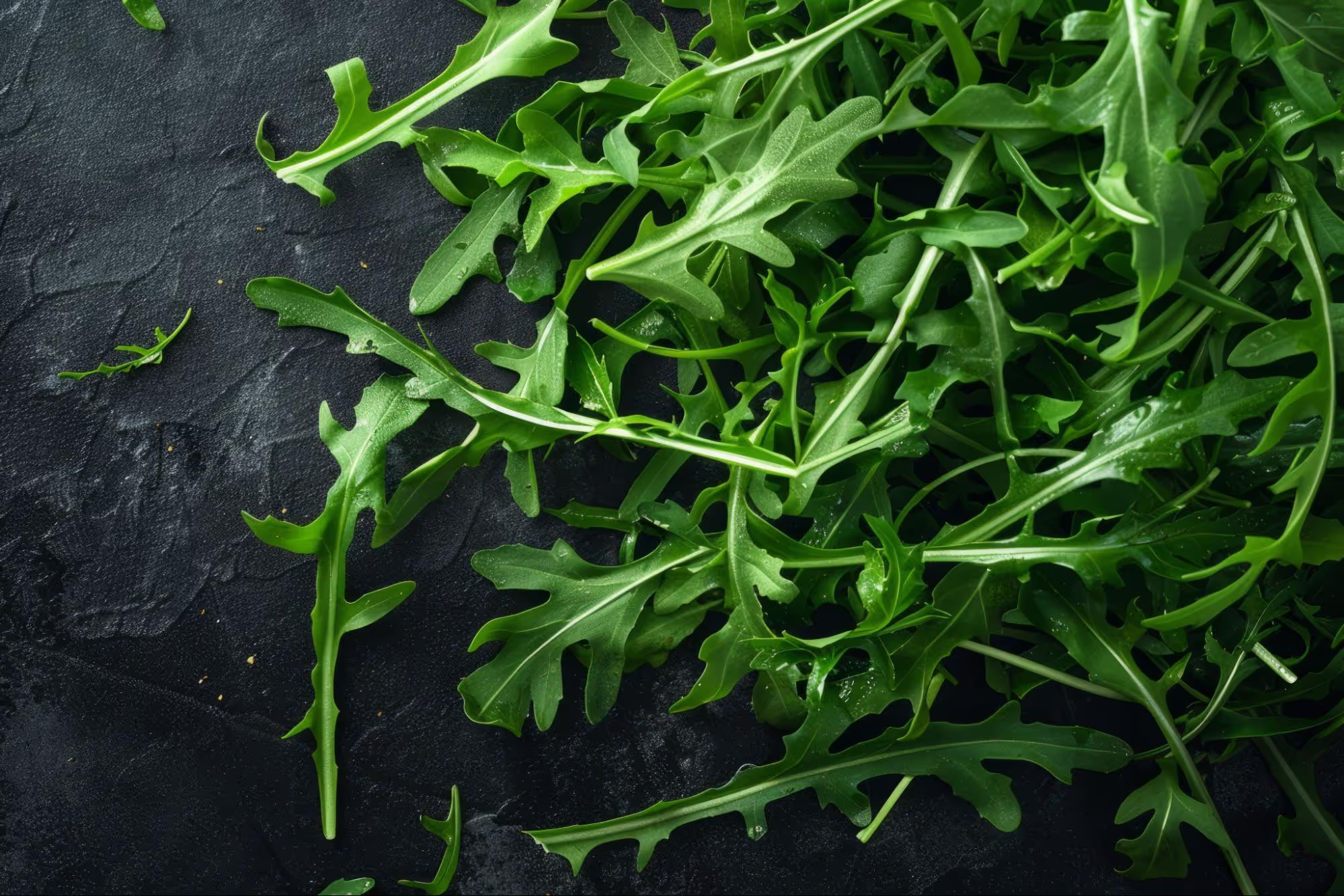
Arugula is a plant used in culinary dishes due to its specific, spicy flavor, but its size plays a crucial role in its characteristics. The size of arugula affects the texture of the leaves, their taste, and consequently, their use in various dishes. Younger, smaller leaves are usually softer, juicier, and have a milder flavor, while older, larger leaves can be tougher and more bitter. The ideal size of arugula depends on its growth stage and the conditions in which it is grown. The size of arugula changes based on temperature, humidity, and the length of the growth period, all of which play an important role in selecting the right arugula for different needs.
Arugula is a fast-growing plant that prefers cooler climates. It can grow between 30 and 46 cm tall and is suitable for growing in gardens or in pots on balconies and terraces. Arugula leaves are usually dark green, elongated, with characteristic wrinkles and serrated edges. The plant is resistant to low temperatures but sensitive to high ones, so it is best to plant it in spring or autumn. As arugula grows, its leaf size varies depending on the time of year, growing conditions, and harvest timing.
One of the key factors that influence the size of arugula is its age. Young arugula plants usually have smaller leaves that are softer, tender, and have a mild, pleasant flavor. These leaves are ideal for use in fresh dishes such as salads or sandwiches. Since they are smaller, their texture is lighter, and the flavor is milder, making them perfect for fresh meals.
On the other hand, older arugula leaves can grow to a significantly larger size, with a tougher texture and more pronounced, bitter flavor. These leaves are usually thicker and more suitable for cooking. Although they retain nutritional values, their stronger taste can be too intense for those who prefer milder seasonings. Older leaves work best in cooking, where they can contribute to rich, deep flavors in soups, sauces, or baked dishes.
The ideal size of arugula depends on how it is intended to be used. If arugula is used in fresh dishes, it is best to harvest younger, smaller leaves. These leaves, typically around 5–7 cm long, are tender, juicy, and have mild bitter notes, making them perfect for salads, dressings, or simple additions to dishes. At this growth stage, arugula is rich in vitamins and minerals, and its texture is pleasant for consumption in raw form.
However, when arugula becomes older, its leaves can grow up to 15 cm or more, becoming tougher and more bitter. These leaves are more suitable for cooking and adding to more complex combinations, as their stronger texture and more intense flavor can enhance the richness of dishes. At this stage, arugula is used as a seasoning or an addition to dishes that already have other intense flavors.
The size of arugula also depends on the conditions in which it is grown. Arugula enjoys sunny spots, but it is not too demanding when it comes to the amount of light. In warmer climates, plants that receive too much sunlight may become dry and bitter, while in cooler conditions, they may remain softer and sweeter. The amount of water is also crucial. If arugula receives enough moisture, its leaves will be juicy, tender, and soft, while excess or insufficient water can affect the toughness of the leaves and their flavor.
Temperature plays an important role in the size of arugula, as cooler climates typically favor the production of smaller, juicier, and milder leaves. On the other hand, high temperatures can accelerate growth and make the leaves larger but more bitter. For achieving smaller and softer arugula, it is ideal to grow it in spring or autumn when the nights are cooler. During periods of high temperatures, it is recommended to plant arugula in partially shaded areas to reduce the negative impact of excessive sun exposure on the size and flavor of the plant.
While arugula grows quickly and can be very abundant, excessive growth can have negative consequences. If arugula stays in the same place for too long, it can overgrow and become tough and overly bitter, losing most of the delicate characteristics that make it suitable for fresh salads. To avoid this problem, it is important to monitor the plant and harvest it while it is still in the young leaf stage. If arugula becomes too large and tough, it can be used in dishes that require more intense herbs, but caution should be exercised when choosing older leaves, as they can negatively affect the taste of the dish.
The ideal size of arugula depends on its growth stage, the conditions in which it is grown, and its intended use in cooking. Younger leaves provide a milder, more delicate flavor, while older leaves bring a stronger, more bitter taste that is suitable for cooking. Growing arugula in the right conditions and harvesting it at the right time can significantly impact the final dish. By carefully selecting the size of arugula, a perfect balance between texture, flavor, and nutritional value can be achieved.